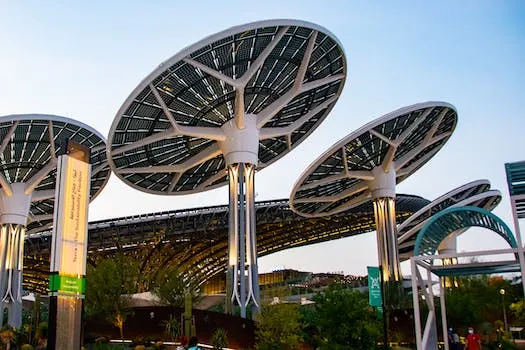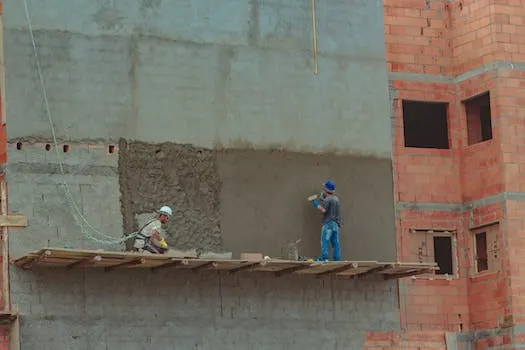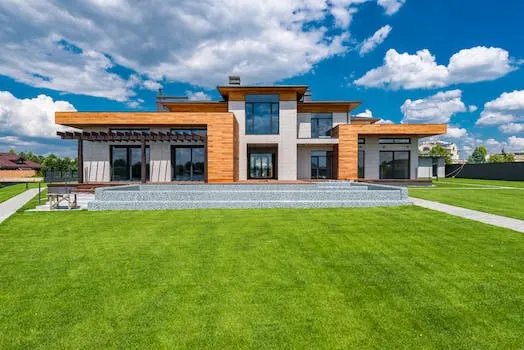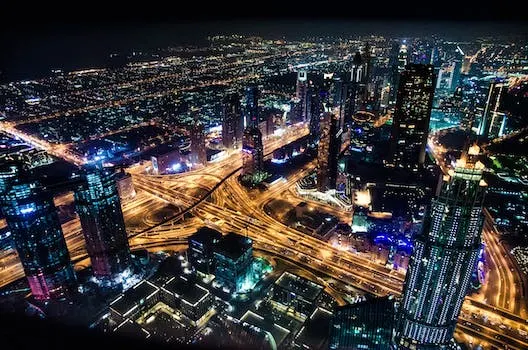
The Future of Sustainable Construction Practices
The demand for sustainable construction practices is growing as people become more aware of the environmental impact of their actions. As a result, new and innovative solutions are being developed to reduce the amount of energy and resources used in the construction of buildings and structures. Sustainable construction involves using renewable and recyclable materials on building projects to reduce energy consumption and toxic waste. The goals are to reduce the industry's impact on the environment, while also providing cost-effective solutions that meet client needs.
In 2014, ten key challenges were identified for sustainable construction practices: low client demand, inadequate sustainable design knowledge among professionals, lack of financial incentives for sustainability initiatives, limited access to green building materials, lack of awareness among stakeholders about sustainability issues in construction projects, inadequate government regulations regarding sustainability standards in building projects, limited availability of green technology products in the market place and high costs associated with implementing green technologies. To address these challenges a conceptual framework was proposed based on principles such as life cycle assessment (LCA), integrated design process (IDP) and whole-building approach (WBA). This framework aims at implementing sustainability principles into all stages of a building project from planning through completion.
The message from COP26 was clear: global corporations must align their business strategies with sustainability targets or risk losing out financially. This has led to an increased focus on sustainable design which will be critical as companies seek to reduce their energy consumption in completed buildings. Sustainable design includes features such as natural ventilation systems that use less energy than traditional air conditioning systems; solar panels that generate electricity; rainwater harvesting systems; efficient lighting fixtures; insulation materials made from recycled content; water-saving plumbing fixtures; low VOC paints; recycled flooring materials; green roofs that absorb rainwater runoff while providing insulation benefits etc..
The future looks bright for sustainable construction practices as more people become aware about its importance for our planet’s health. With increased investment into research & development we can expect even more innovative solutions being developed which will help us build better structures with fewer resources while reducing our carbon footprint at the same time!
What Are Sustainable Construction Practices?
Sustainable construction practices are becoming increasingly popular as a way to reduce the environmental impacts of building projects. Prefabricating materials in controlled environments, construction waste management, and managing the site for improved environment are all sustainable construction practices that can help reduce energy consumption and toxic waste. Lean construction is another sustainable practice that involves using fewer resources while relying on recycled and renewable materials along with more sustainable methods. Green building technologies such as solar panels, wind turbines, and geothermal energy systems are also used in sustainable construction practices to reduce environmental impacts.
Using renewable and recyclable materials is one of the most important aspects of sustainable construction practices. By reducing the embodied energy in building materials, it helps to conserve natural resources while reducing the energy consumption of the finished structure. Additionally, green building materials have aided in reducing extraction, processing, transportation costs associated with traditional building methods by using fewer resources overall. Sustainable construction also includes techniques such as rainwater harvesting which can be used to collect water for use during dry periods or times when water supplies may be limited or restricted due to drought conditions or other factors.
Overall, sustainable construction practices offer numerous benefits including reduced environmental impact from resource extraction and processing; increased efficiency through reuse of existing structures; improved air quality through better ventilation systems; reduced noise pollution from machinery; decreased water usage through rainwater harvesting; lower operating costs due to efficient use of energy sources; increased durability due to better insulation techniques; improved safety standards due to stricter regulations on hazardous substances like asbestos; and greater sustainability over time by utilizing renewable sources like solar power instead of non-renewable sources like fossil fuels. Sustainable construction is an important part of creating a more environmentally friendly future for our planet by helping us build structures that will last longer while consuming fewer resources overall throughout their lifecycle.
The Benefits of Sustainable Construction Practices
The use of sustainable construction practices has numerous benefits. Prefabricating materials in controlled environments can help reduce energy and material costs, as well as the environmental impact of the construction process. Construction waste management is also an important part of sustainable construction, as it helps to reduce the amount of waste generated during a project. Additionally, managing the site for improved environment can help create healthier and more comfortable living and working environments. Lean manufacturing techniques are also employed to reduce energy consumption and toxic waste production during construction projects. Sustainable construction also involves using renewable and recyclable materials on building projects to minimize waste with their lower environmental impact and use of renewable sources and materials. Products such as demolition debris can be recycled or reused instead of being sent to landfills, further reducing the industry's environmental footprint. Finally, green buildings employ energy efficiency measures that help conserve resources while still providing comfortable living spaces for occupants. All these practices contribute towards creating a more sustainable future for our planet by reducing our reliance on non-renewable resources while still providing quality structures that are both safe and comfortable for occupants.
The Future of Sustainable Construction Practices
The future of sustainable construction practices is looking brighter than ever. Governments, businesses, and individuals are becoming increasingly aware of the importance of these practices and more projects are being designed and built with sustainability in mind. New technologies such as renewable materials, efficient energy use, and the reuse and recycling of construction materials are being developed to further reduce the environmental impact of construction. Additionally, there has been an evolution in construction techniques that can reduce waste, energy consumption, toxic waste production, and costs associated with building projects. Architects and engineers who design green buildings use daylighting to maximize energy efficiency by taking advantage of natural light sources instead of relying solely on artificial lighting. Sustainable design will be essential for companies seeking to reduce their energy consumption in completed buildings while also reducing their environmental footprint throughout a building's entire lifecycle.
The Need for Sustainable Construction Practices
The need for sustainable construction practices is becoming increasingly urgent as the world’s population continues to grow and the effects of climate change become more evident. Sustainable construction practices can help reduce the environmental impact of construction, while also creating healthier, more comfortable living and working environments. As such, sustainability in construction is no longer an option but an essential requirement for projects across the globe. Building a more sustainable global economy will help reduce greenhouse gas emissions that cause climate change and minimize life-cycle environmental impacts such as global warming, resource depletion, and toxicity. Architects, builders, and sustainability advocates are all exploring new building materials that could substantially reduce greenhouse gas emissions when used in a sustainable building. This paper assesses what is known about the likely economic implications of either current trends or the transformation to a low-carbon and sustainable future for our planet's future health. It is clear that there is an urgent need to develop sustainable practices in order to protect our climate from further damage caused by human activity.
Conclusion
The future of sustainable construction practices is bright, and new technologies are being developed to further reduce the environmental impact of construction. In order to build a more resilient and sustainable society, there are three key areas where construction can evolve its practices: transitioning to net-zero GHG emissions, building green, and increasing energy efficiency. By adapting measures such as advanced analytics, digitization, climate-smart agricultural practices and more efficient power plants we can reduce the negative impacts of climate change on our environment. These changes will not only benefit our environment but also utility customers and shareholders alike. Sustainable construction practices are becoming increasingly important as the world’s population continues to grow and the effects of climate change become more evident. With these changes in place we can help create healthier living environments while reducing our environmental impact.








